Basics of eFuses (Electronic Fuses) for PCBs
eFuses are advanced PCB fuses that reset automatically, offering fast, precise protection and versatility in electronics, enhancing device safety and reliability.
One of the major aspects of device longevity and reliability in the electronics arena that is ever changing is protection of the circuit components. The advanced component of protection entering most PCB designs in modern times is what is called an eFuse, or electronic fuse. These devices have the advantage of automatically resetting after fault conditions common with traditional fuses. This article presents discussions on functionality, benefits, and applications of eFuses within modern PCB systems.
An electronic fuse-or eFuse-is a dynamic PCB fuse. It is an integrated circuitry solution designed to substitute for traditional circuit protection devices, including thermal fuses and resettable polymer fuses. An eFuse provides far quicker and more accurate intervention when overcurrent or overvoltage fault conditions occur-including reverse polarity events-and can reset without replacement, which cannot be said about its traditional counterparts.
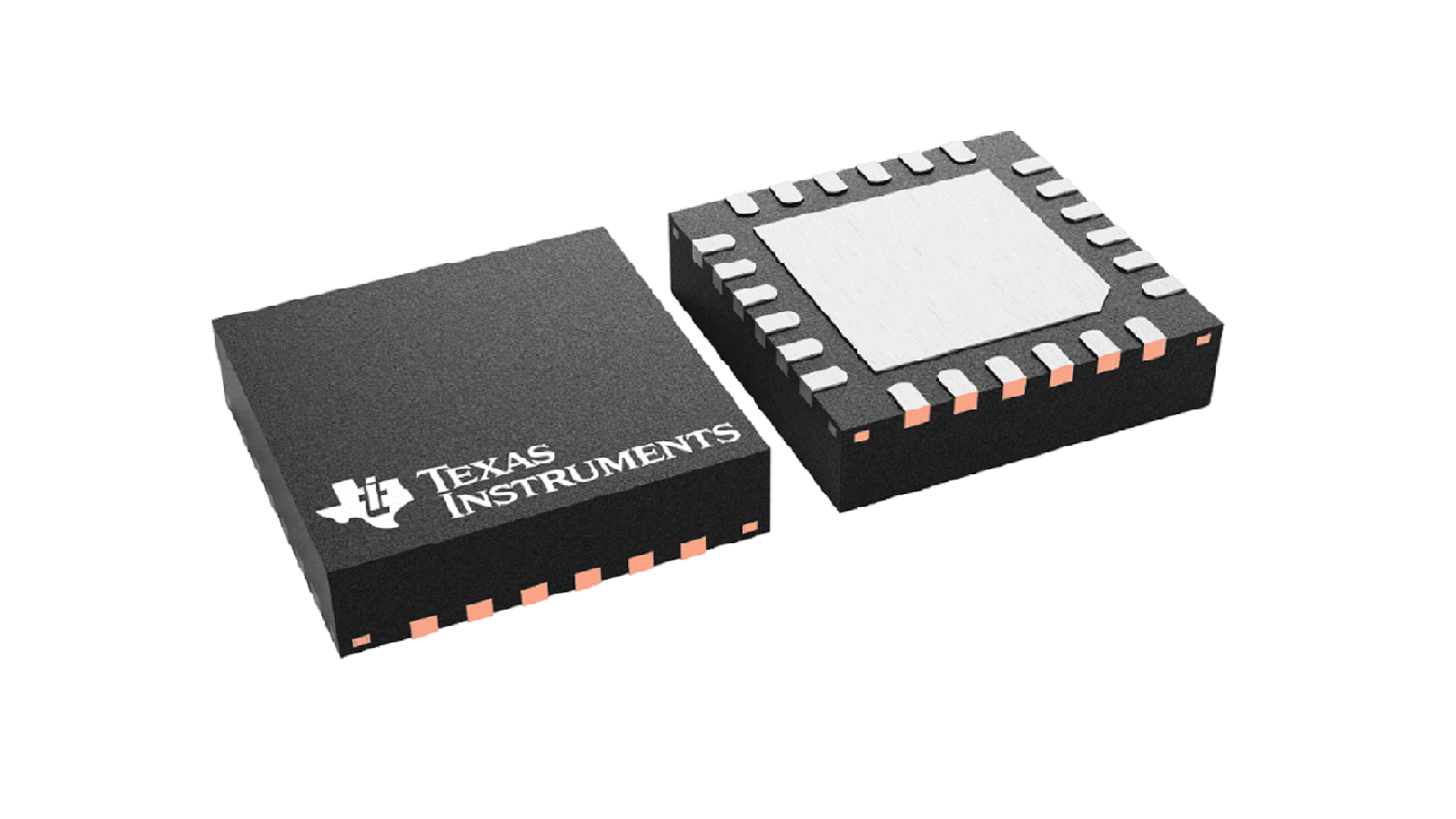
How Does an eFuse Work?
An eFuse works in a whole different way compared to a conventional thermal fuse. Instead of having a fusible link that melts when too large a current flows, the principles of advanced semiconductor technology are used in eFuses.
Current Monitoring: The eFuse monitors current through a field-effect transistor-the FET. Voltage across a sense resistor is measured by a dedicated current sensor that identifies voltage deviations from within the preset limits.
Response Mechanism: In case of overcurrent and other fault conditions, the eFuse acts to switch off the FET or limits the current to an allowable value. This may happen in milliseconds, making protection faster than can be achieved with thermal fuses.
Programmability: Often it is possible to set the current limits and other parameters with external resistors enabling setting according to specific application requirements .
Advantages of eFuses
Some of the advantages that make eFuses highly suitable for application in PCBS are:
Precision and Flexibility: The ability to set precise protection levels via external components provides more control compared to conventional fusible solutions.
Automatic Reset: These devices automatically re-establish the flow of current once the fault condition is cleared, removing maintenance costs long after the initial fuse replacement.
Integrated Multi-Functionality: eFuses package multiple protective functionalities into one, like overvoltage protection, inrush current control, and reverse current protection. It reduces numbers of components on a PCB, thus helping towards cost control with space efficiency.
Speed: eFuses act upon faults very fast — many times in microseconds — which reduces drastically the chances of component damage for delays in fault recognition.
Applications of eFuses in PCB Designs
It finds its usage in various applications, given its versatility:
Consumer Electronics: Basic overcurrent and overvoltage protection in consumer electronics, such as smartphones, tablets, and laptops, furthering user safety and enhancing the reliability of such devices.
Automotive Electronics: Use eFuses for the protection of critical systems such as the engine control module and the infotainment system.
Industrial Controls: In industrial settings, eFuses protect automation equipment against transient and sustained electrical disturbances.
Telecommunications: Network hardware, with its need for rapid fault protection provided by eFuses, keeps working and cuts a lot of downtime.
Choosing the Correct eFuse
There are several models of eFuses available for various purposes:
Texas Instruments: Some of the examples include the TPS259271DRCR due to its strong protection features.
ON Semiconductor: The highly popular model NIS5820MT1TXG is used in many applications because it is highly reliable.
STMicroelectronics: STEF01FTR can support versatile applications.
Toshiba Semiconductor: The TCKE800NL is very popular because it has a compact design and supports full-scale protection.
These products represent the flexibility and performance of electronic fuses for today's circuit board designs, offering a wide range of solutions for many applications.
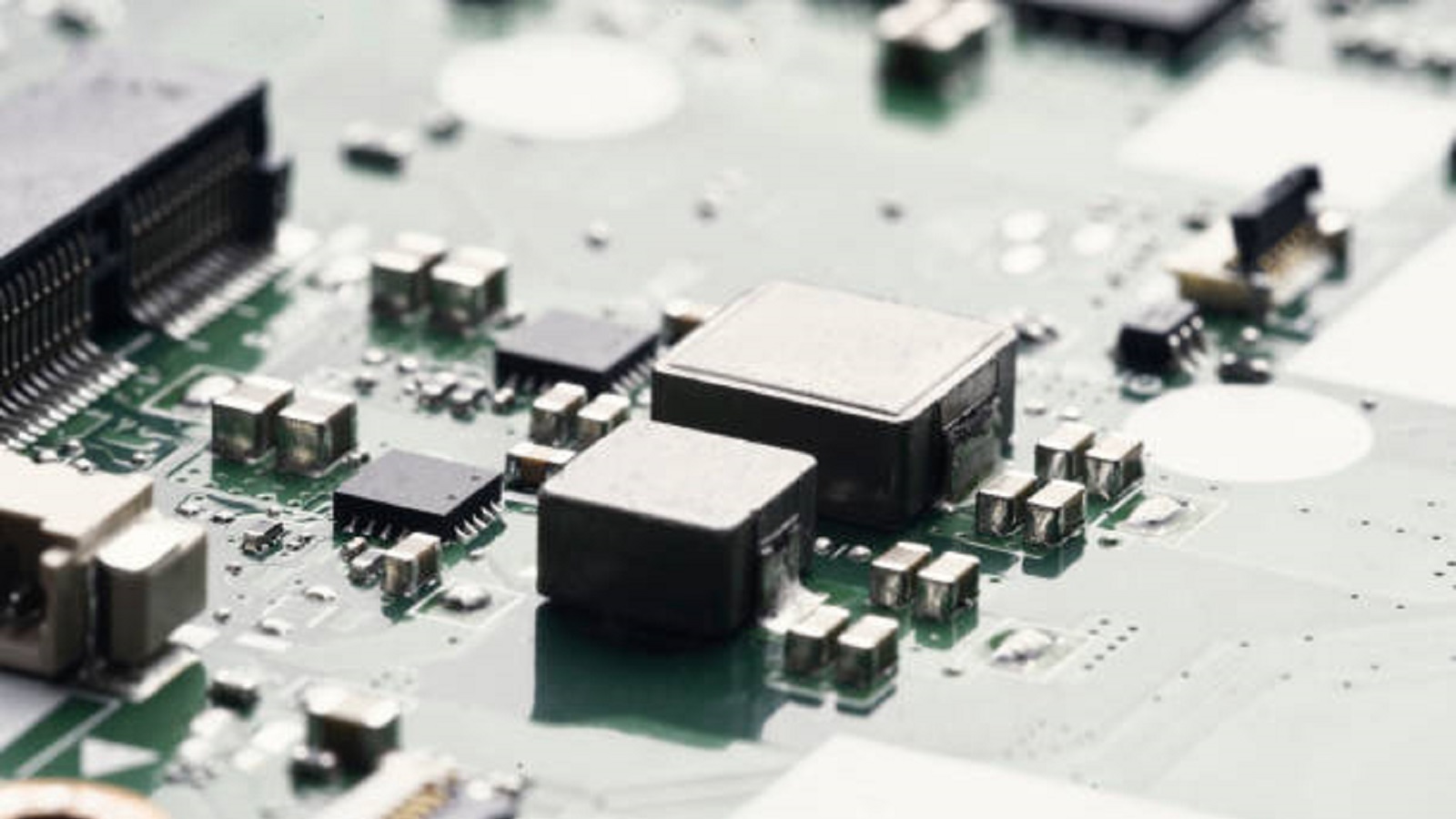
eFuses are the major development of technology in circuit board fuse, whereby multiple protective functionalities are integrated into a compact semiconductor-based device. As the main participants in a modern electronic device, they provide reliable protection from overcurrent or overvoltage faults while minimizing physical maintenance. The prospect of automatic reset, added to precise control of the protection parameters, turns the eFuse into an invaluable helper in designing secure and efficient circuit boards.
We value eFuses at PCBX for the crucial role they play in improving both safety and functionality on PCBs. With increased demands being placed on electronic systems for greater reliability and compactness, a design is hardly complete without one or more eFuses. By embracing protection technology such as this, designers and engineers are able to upgrade performance and longevity in electronic devices, fostering innovation and efficiency across industries.
Hot Tags:
Contact us

If you can't find what you're looking for, please contact us.
Article
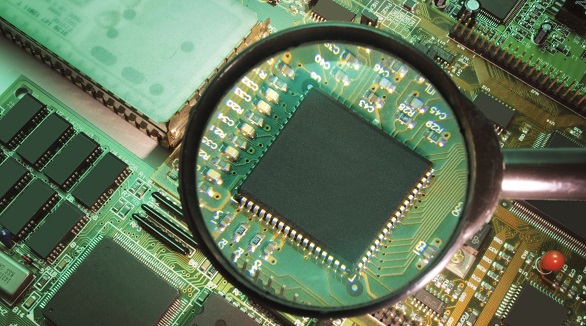
SMT has transformed electronics manufacturing by enabling automation and miniaturization, leading to more efficient assembly processes and the production of high-quality, compact electronic devices.
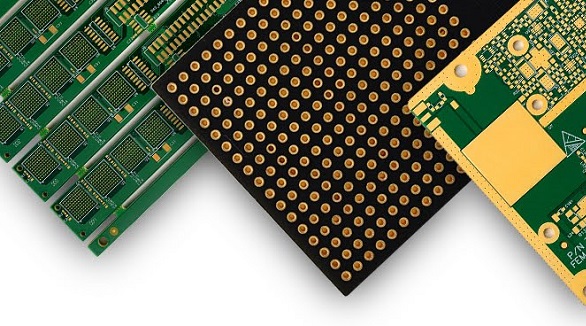
One is a bare circuitry board, and another has all the components and is functional: PCB stands for Printed Circuit Board, and PCBA stands for Printed Circuit Board Assembly. PCB acts like a base, and components are assembled on it at a later stage through various methods in PCBA, such as SMT and Thru-Hole Technology.
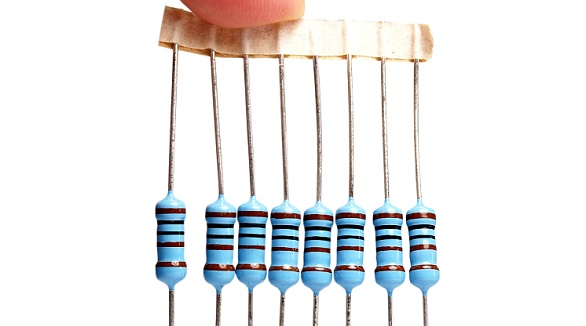
Customers prefer one-stop PCBA service not only because of price transparency; it can save time and reduce labor costs with efficiency and professionalism in procurement and production.
